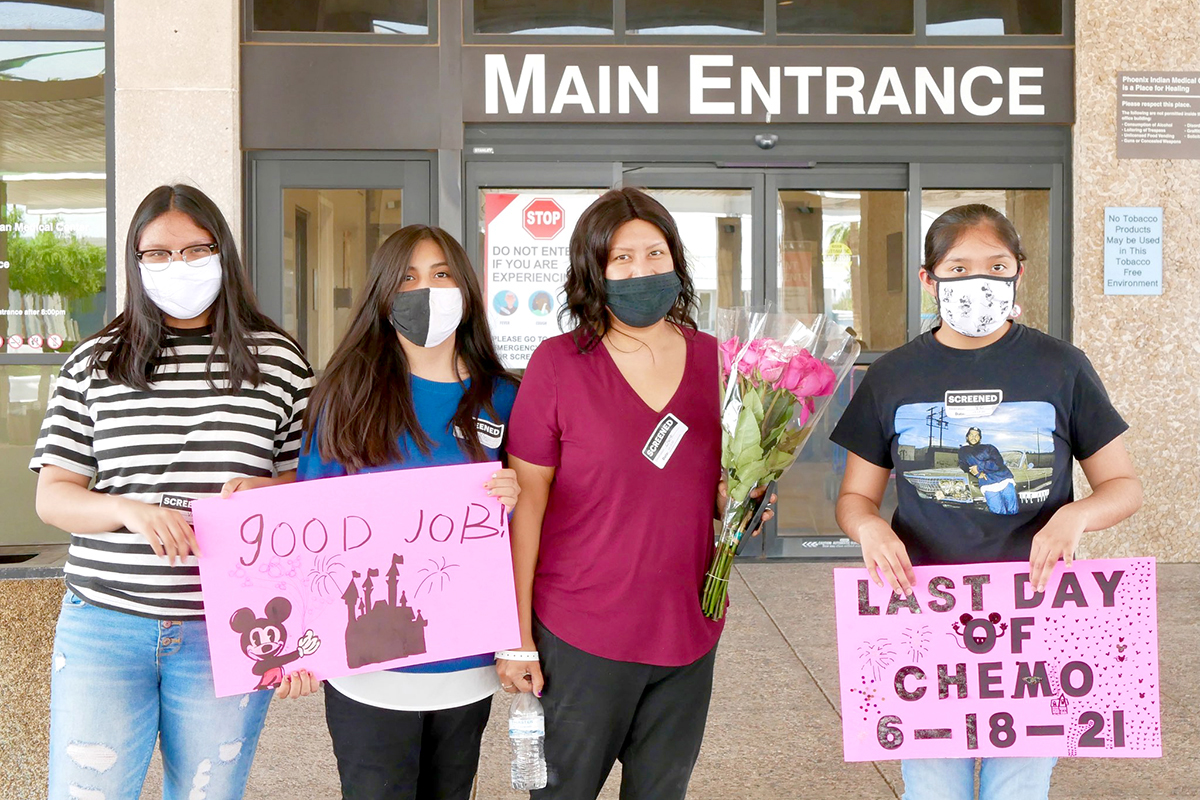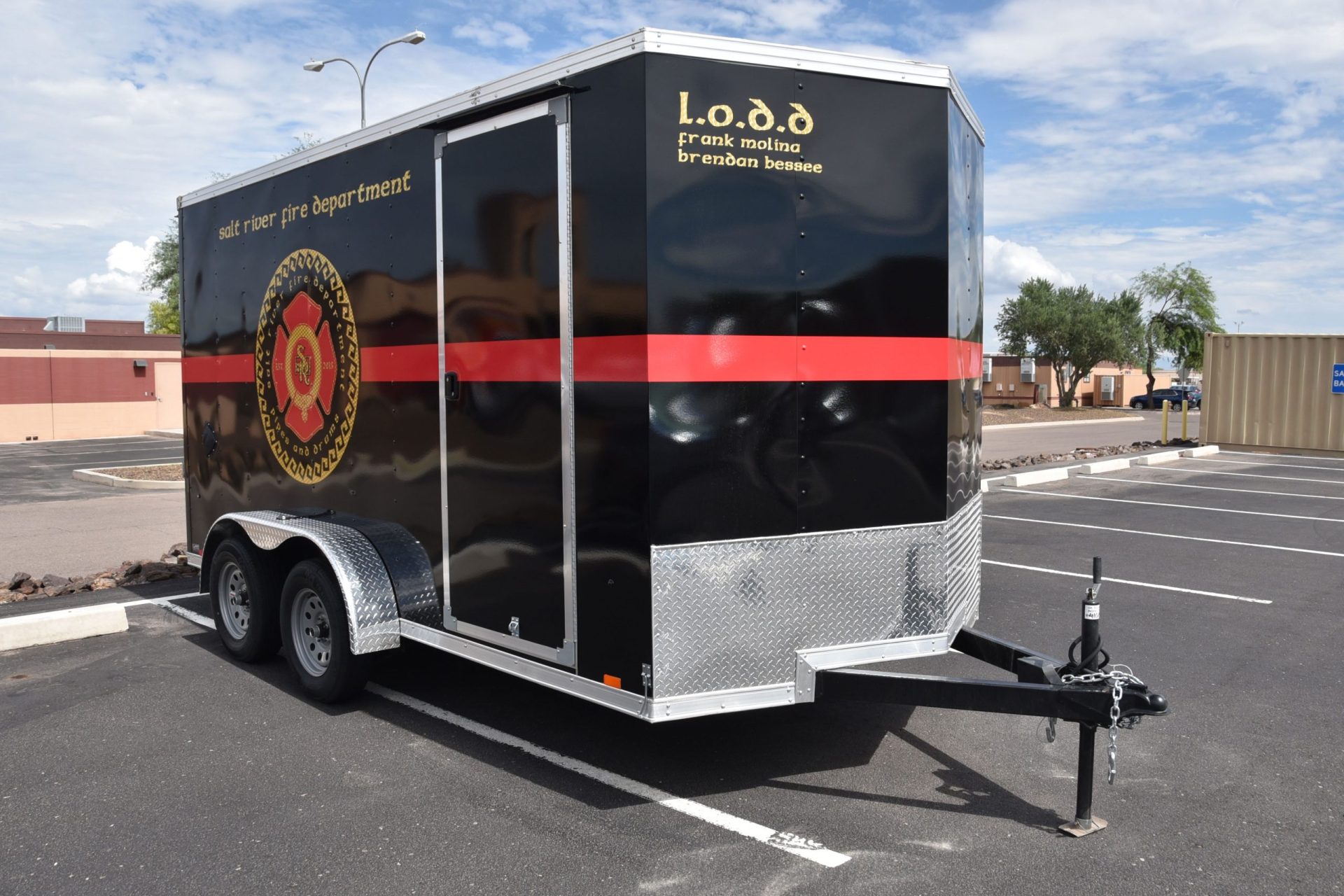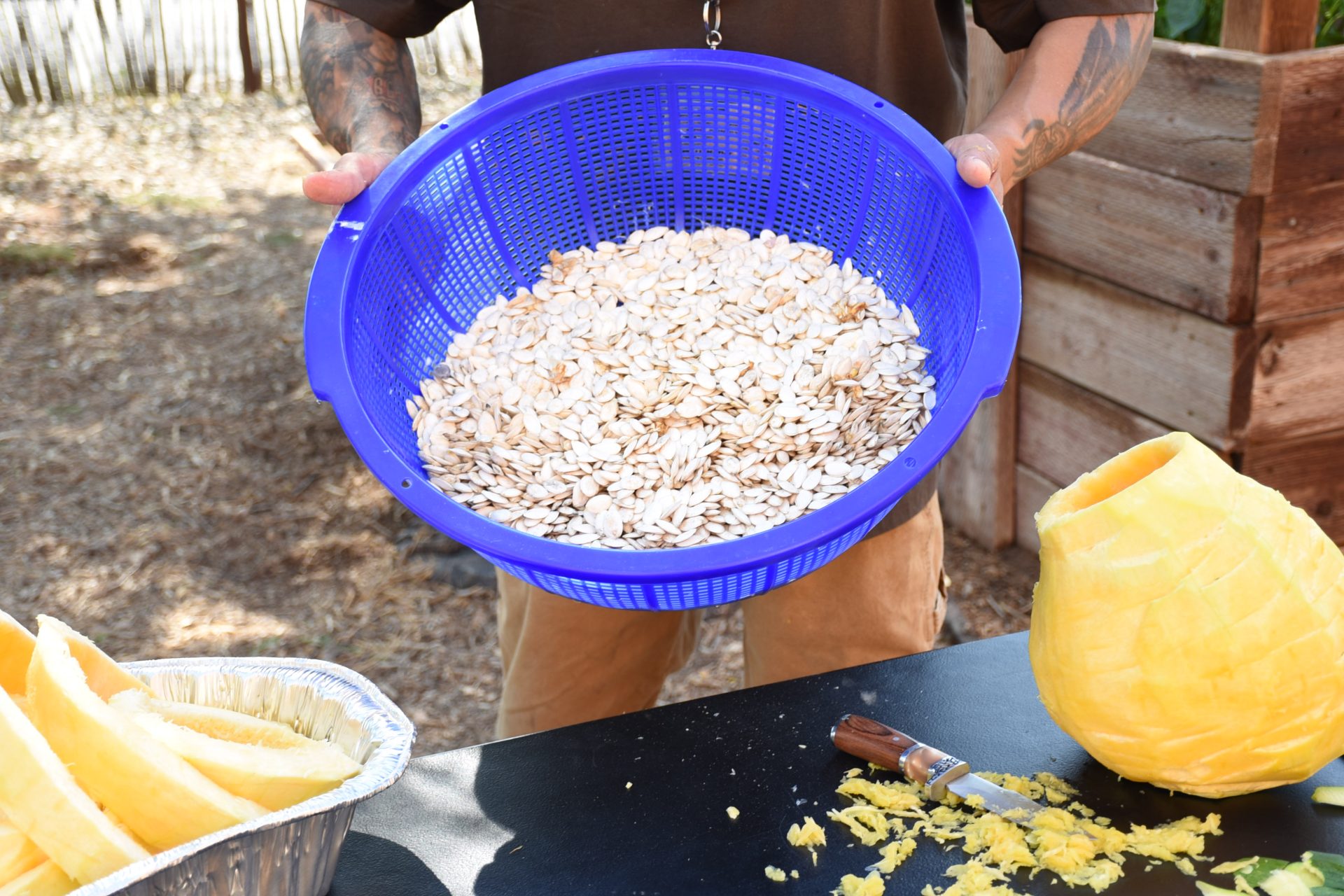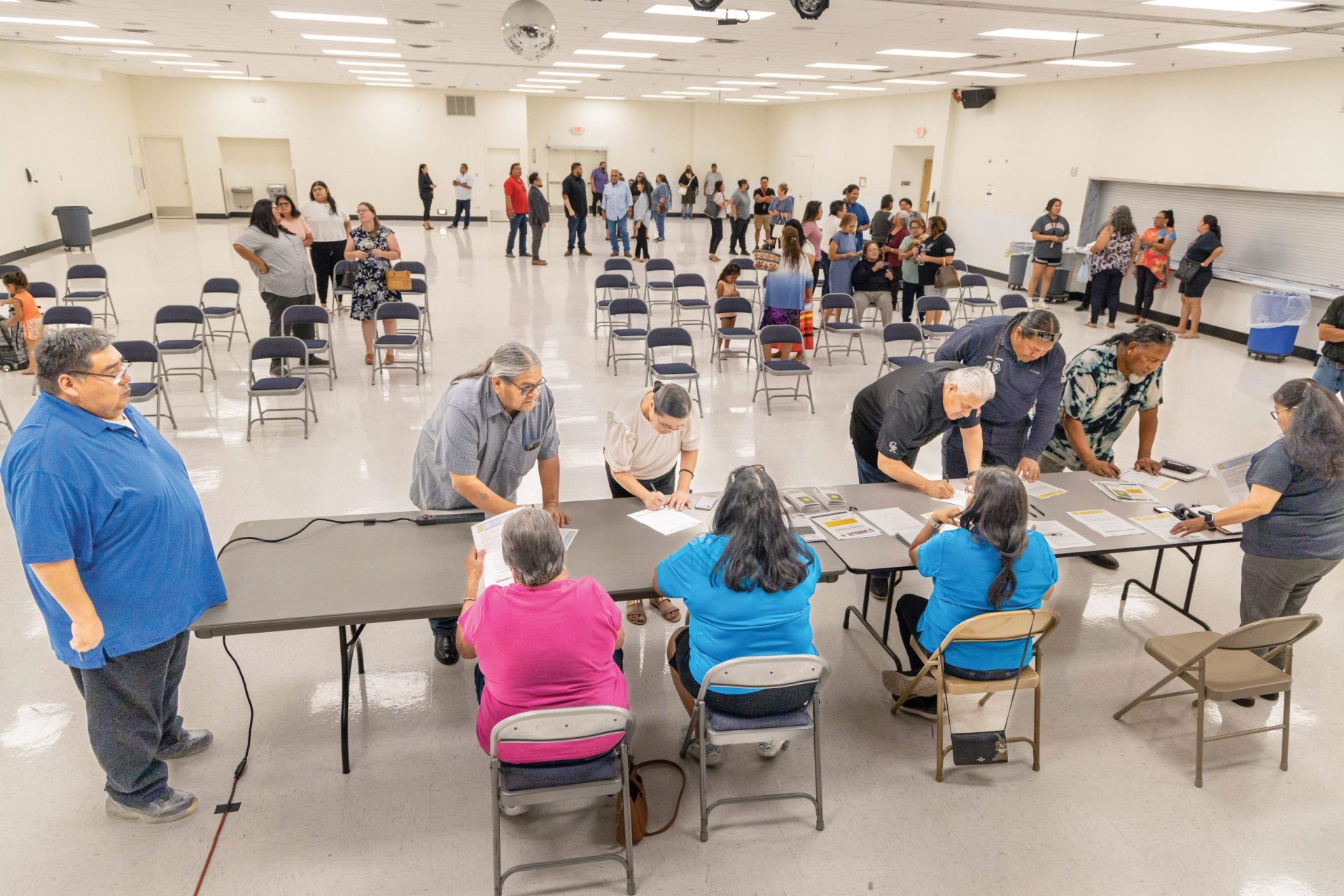VIEWS: 2977
October 6, 2021Breast Cancer at 36: My Story
Every October, we cover Breast Cancer Awareness Month in the O’odham Action News. We cite the statistics, noting that more than 250,000 women are diagnosed with breast cancer each year in the United States. About 42,000 of them die from the disease each year, according to the U.S. Centers for Disease Control and Prevention.
We talk about the risk factors and symptoms, and how mammograms and breast self-exams are the best ways to catch breast cancer early. We encourage women 50 and older to schedule their yearly mammogram. We note that, although it is not common, men are also at risk of developing breast cancer.
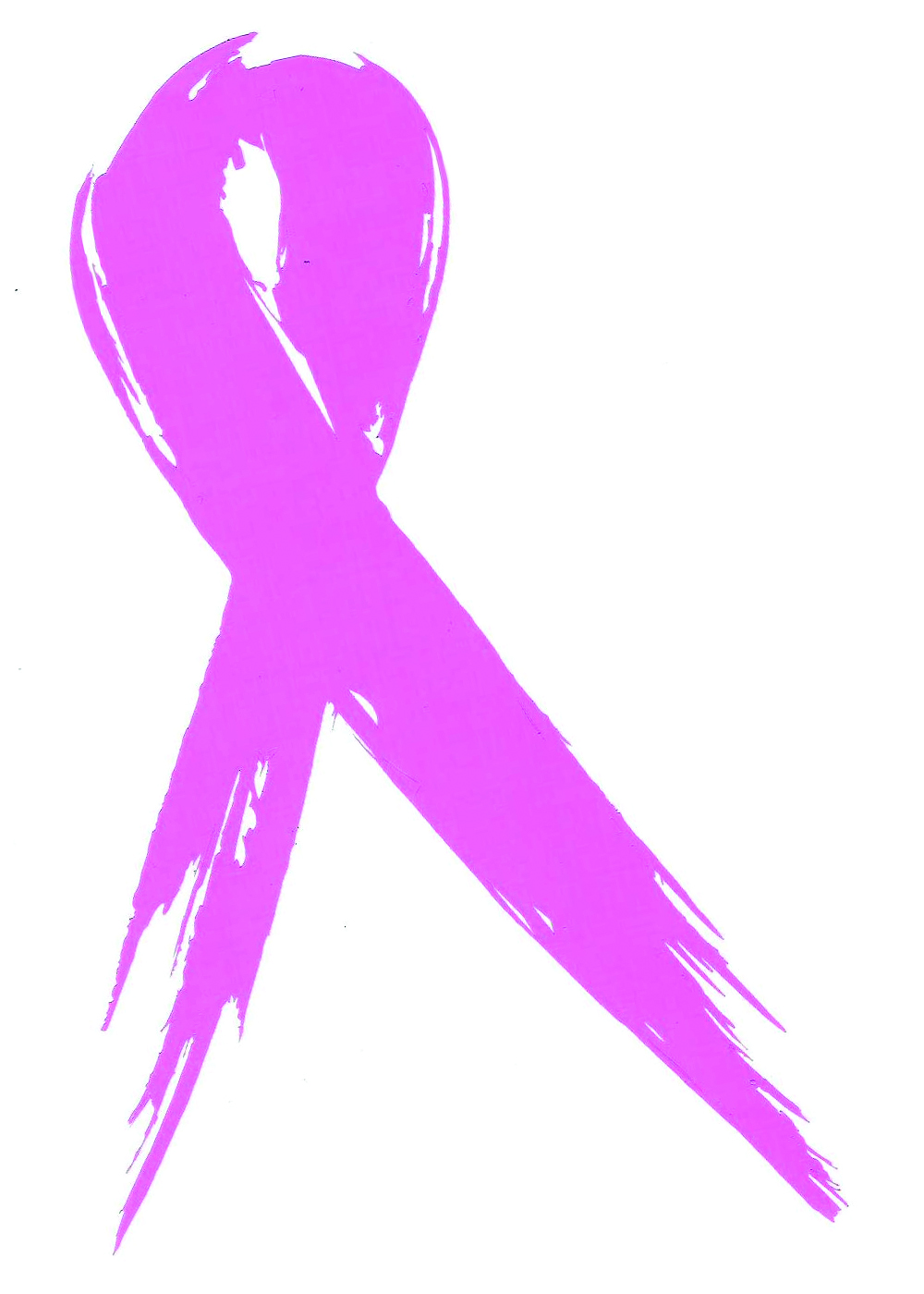
A breast self-exam is a quick, five-step process that anyone can do in the privacy of their own home, once a month. Examine your breasts for changes in size, shape or color. Watch for any pain, discharge from the nipple other than milk, a “dented nipple,” or a lump in the breast or underarm. If you find anything suspicious, talk to your doctor right away.
The Salt River Clinic provides Breast Chek™ kits that can help women more easily conduct a self-examination and detect changes in their breasts. If you would like a Breast Chek Kit, contact the Salt River Clinic at (480) 946-9066.
All of that is useful information, but how much does it really sink in? Truthfully, maybe it doesn’t—until it happens to you.
That’s why, this year, we’re doing something different: I’m sharing my own breast cancer story.
It was a year ago, in 2020, when I interviewed my aunt Angie Silversmith, who had battled breast cancer more than 10 years ago. I remember her urging all women to do the monthly breast self-exam, because she said if she had done one, she would have caught her breast cancer sooner. So shortly after talking to her, I performed a self-exam—and noticed a small lump on my right breast. I kept checking it, and it didn’t go away. It began to feel like a small marble.
By October, I called to make an appointment with my doctor, but due to the COVID-19 pandemic it was hard to get in at the time. Work, school, family duties and the holidays sidetracked me, and I delayed getting medical attention.
In December, I had to visit the clinic for another medical issue, so I asked the doctor to check the lump. Right away she referred me for a mammogram and ultrasound at the Phoenix Indian Medical Center.
The new year rolled around. Awaiting the results of the mammogram and ultrasound, I stayed positive. I thought, “If it’s cancer, it will be okay. It will be taken care of and it will be gone soon.” It was a little scary and difficult to tell my family, especially my husband, little sister and daughters, because I didn’t want them to worry.
However, the news was not good. I had a tumor. I was called back in for a biopsy, and a week later it was confirmed that the tumor was cancerous. I was diagnosed with HER2-positive breast cancer. HER2 is a growth-promoting protein on the outside of breast cells. HER2-positve causes the cancer to grow and spread faster than other breast cancers, but they are highly likely to respond to treatment targeting the HER2 protein. The oncologist called me and we discussed the treatment plan.
The kids took it hard and didn’t really understand, knowing only that cancer is a scary situation. But after letting them know it was going to be all right, and showing them that I was staying positive, they began to understand and felt better.
I did feel sad later that night after I was told I had cancer, but after a quick cry I put my game face on and said to myself, “Let’s get this treatment over with and go forward with life.”
My treatment plan consisted of six sessions of chemotherapy, to shrink the tumor, followed by surgery and radiation. I started as soon as I could. Before receiving the chemo, I had to have a procedure to get a port placed in my chest. The port is an intravenous (IV) catheter that is placed under the skin near a large vein in the upper chest to make it easier for the chemotherapy technician to administer the chemo and other medications.
I started chemo in March and completed it in June. Even after the first session I noticed that the tumor, which had grown to the size of a large marble, was shrinking; it was pretty much gone by the time I went to my second chemo session. Although there were good results with the tumor shrinking, it was still a long three and a half months of chemo that felt like it would never end. Chemo was rough. I lost my hair and it made me sick. By the halfway point, I didn’t want to go back. It made me so nauseated that I couldn’t eat, and the anti-nausea medications were not working that well for me. I ended up in the emergency room a couple of times due to dehydration. But I stuck it out and finally finished the chemo. That last day was a happy one; my family came to celebrate with me.
But my fight was not done.
I had surgery scheduled to remove the area where the tumor was and some of the lymph nodes in my right armpit. Only one of the lymph nodes was positive for cancer. The surgery went well, but I developed a hematoma, or blood clot, so I had to undergo a second surgery to get that taken care of. After the areas of where the cancer was were removed, they tested to see if there was still cancer, and it was cancer free.
A few weeks after surgery, I went on to radiation. Each radiation treatment was only a 10- to 15-minute procedure that didn’t hurt at all. I was lucky and only had to go for five days; most people go for 15 days. I participated in a study to see if five days is just as good as 15 days of radiation treatment. The only side effect I had from the radiation was my skin felt like I had a bad sunburn after the third treatment.
At this point in my journey, I will continue getting an infusion of medications through my port every three weeks until next year. After that I will have my port removed. I will undergo regular checkups to make sure I remain cancer-free.
I continue to have a positive outlook on this situation. I recently ditched my wigs and embraced my very short hair. I thank my aunty Angie for sharing her story, because if she hadn’t, I probably never would have noticed that lump.
Thank you to all my family, and my husband, for being there every step of the way on this journey. I also thank all my friends and the Community for their love and support. I appreciate all of you for your prayers, thoughts and kind words. Remember to do a monthly breast self-exam and get your yearly mammograms.

